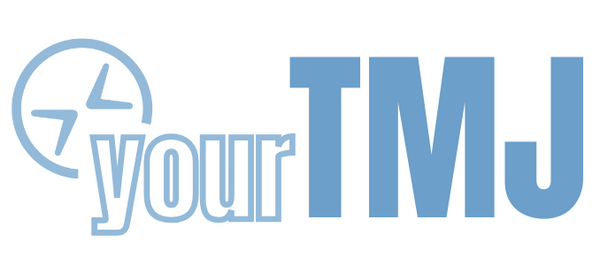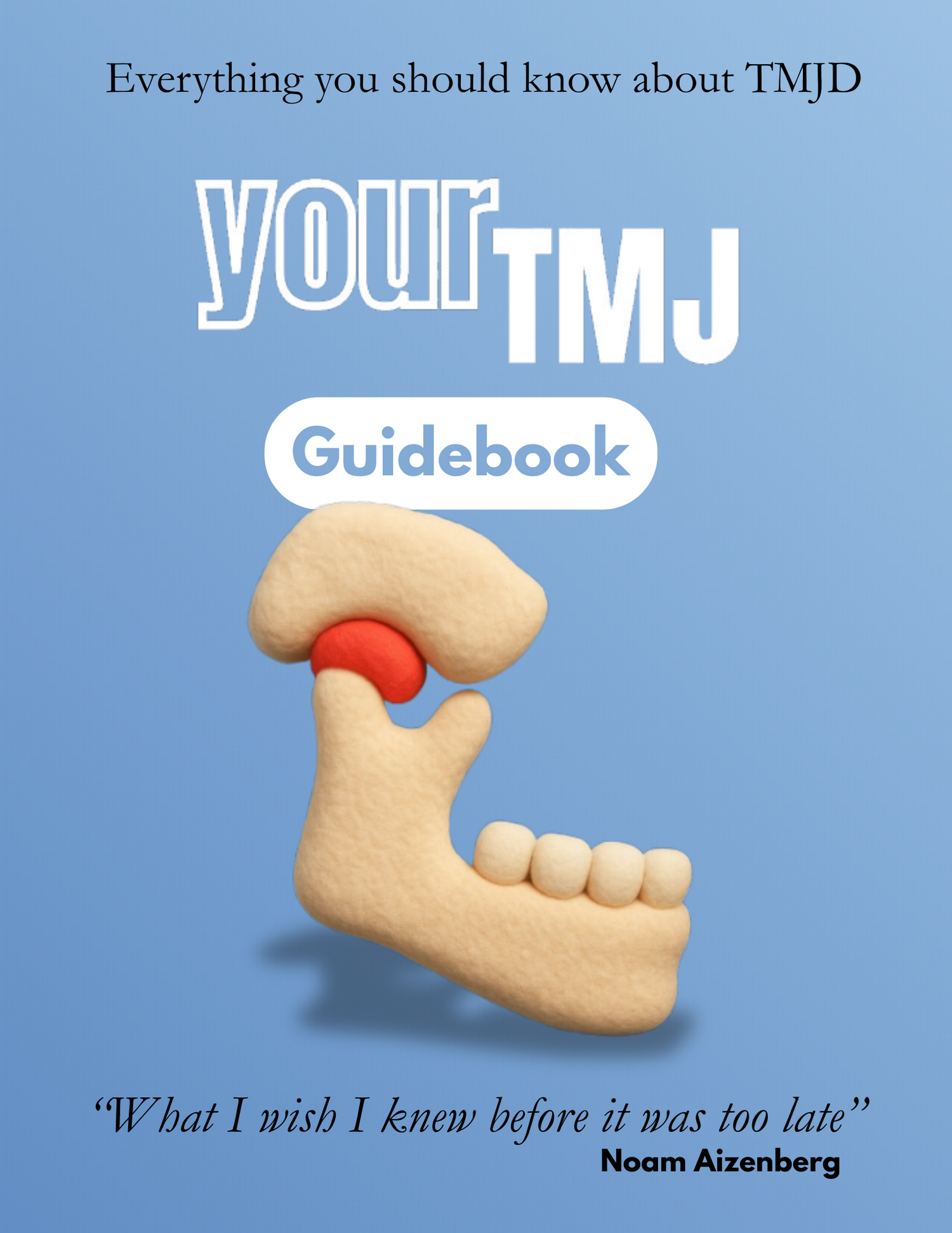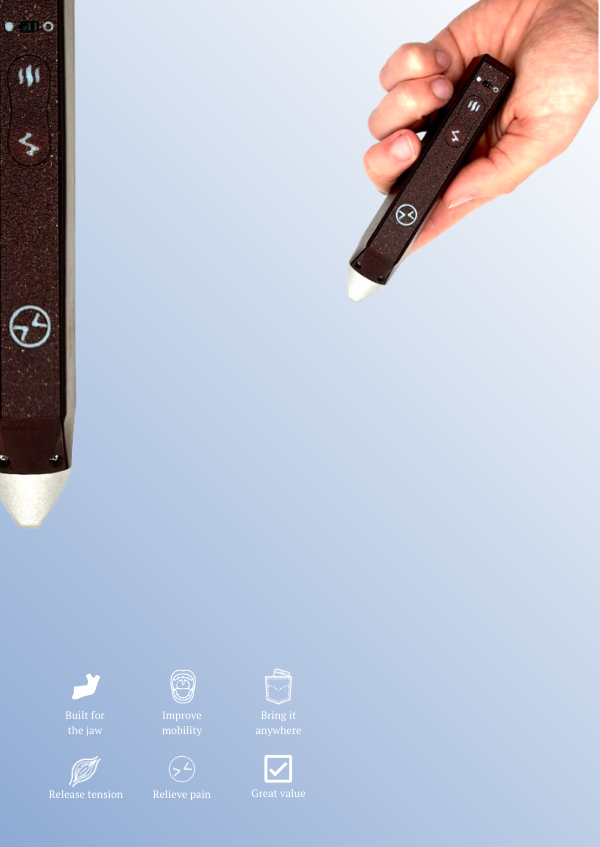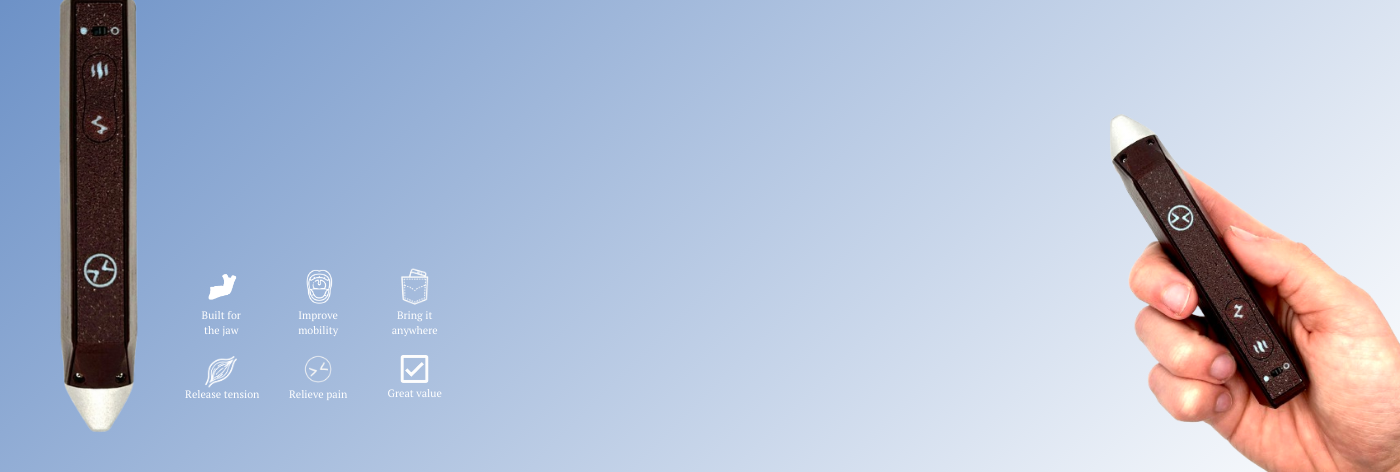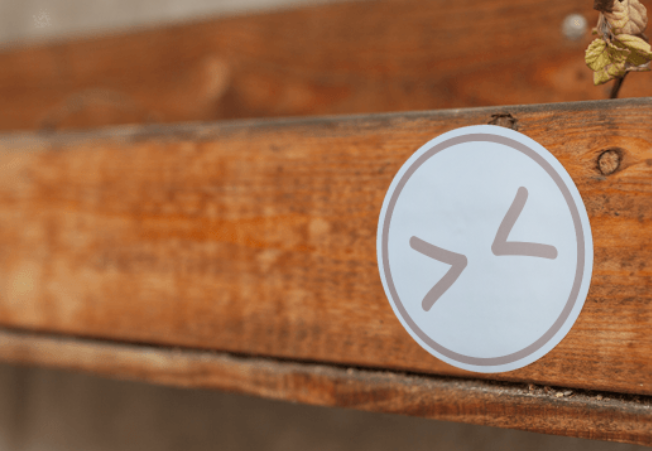How Do I Relieve My TMJ?
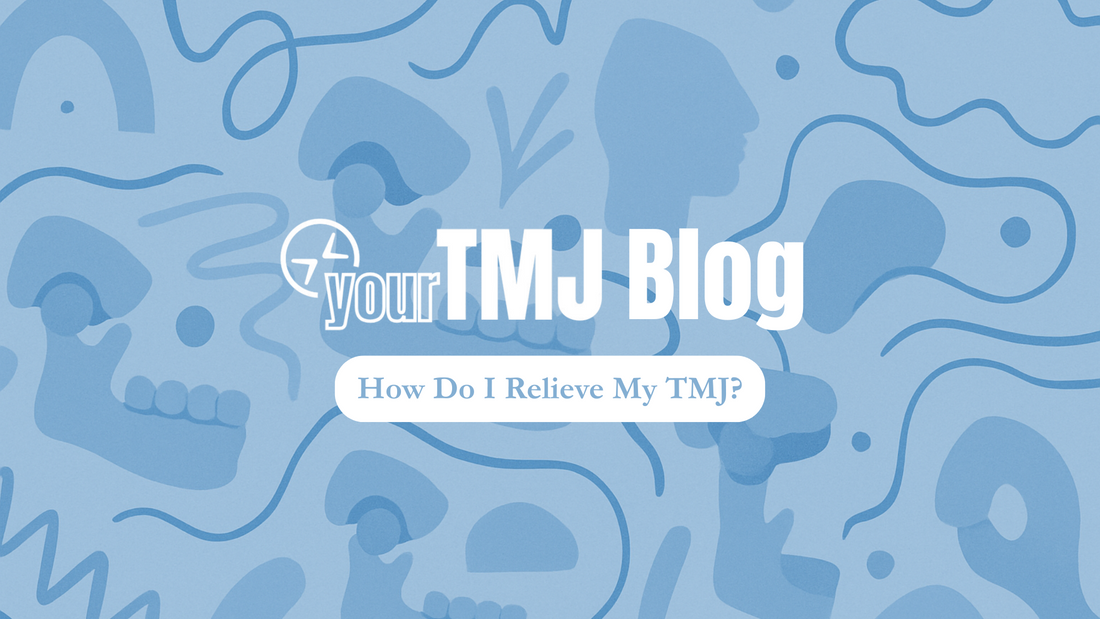
If you’ve ever Googled this question, you’ve probably seen a million vague answers: “Try a night guard,” “Don’t chew gum,” “Take some Advil.” But none of them really explain what’s actually going on—or why certain things work for some people and not others.
So let’s cut the fluff. If your jaw clicks, locks, hurts when you chew, or gives you tension headaches and ear pressure, you’re not just looking for random tips. You want to understand what will actually relieve your TMJ symptoms—today and long-term.
In this article, we’ll break down exactly how to relieve TMJ pain depending on what’s causing it, and how to stop it from coming back. At the end, you’ll find a free 76-page guidebook that walks through all of this in even more detail, including step-by-step at-home techniques and tools.
The First Step: Understand the Type of Pain
TMJ Disorder isn’t just one thing. There are multiple kinds of pain, and each points to a different cause:
-
Dull, sore jaw pain = usually muscular
-
Sharp pain during movement = likely joint compression or disc issues
-
Popping or clicking = disc displacement
-
Pressure in the ear or temple = often postural or muscular or neurological
Knowing this helps you choose the right way to relieve it. Because what works for one cause might make another worse.
How to Relieve Muscular TMJ Pain
This is the most common kind of TMJ pain—and thankfully, also the easiest to treat.
-
Apply heat to the masseter and temporalis muscles for 10–15 minutes
-
Massage the masseter, temporalis, and pterygoid muscles using moderate pressure
-
Fix your jaw posture: Lips together, tongue suctioned to the roof of your mouth, teeth apart, jaw resting slightly forward from fully retracted.
-
Stop clenching: Notice when you're doing it and interrupt the pattern
-
Avoid overloading one side: Don’t always chew on the same side, and avoid leaning your head on your hand
Do these consistently, and symptoms usually start to ease within a few days.
How to Relieve Joint-Based TMJ Pain
If your pain feels sharp, is worse when opening or closing, or comes with clicking or locking, the issue may be inside the joint itself. In that case, the goal is to decompress the joint and reduce inflammation.
-
Adjust your rest position: Move your lower jaw slightly forward so it’s not jammed into the back of the socket
-
Use isometric exercises to stabilize the joint without irritating it further
- Mobilize the joint to prevent build up of inflammation and scarring
-
Avoid wide opening, hard foods, or aggressive stretching
-
Use a splint if recommended, but only from a provider who doesn't intend to permanently shift your bite.
These actions help reduce pressure on the disc and allow inflamed tissue to heal.
Other Things That Can Help
If you’re looking for additional relief options, here are a few more that can work depending on your case:
-
Resisted jaw opening exercises: Strengthens the lateral pterygoid and improves joint control
-
Postural correction: Forward head posture can tension the entire jaw system
-
Sleep positioning: Side sleeping with proper pillow support can make a big difference
-
Limiting speaking or chewing when symptoms flare
What About Medications or Injections?
Over-the-counter anti-inflammatories can help short-term, but they don’t fix anything. Botox can relax overactive muscles, and joint injections (or even minor procedures like arthrocentesis) can help in more severe cases—but these are usually last-resort tools if conservative care fails.
The Real Answer
Relieving your TMJ isn’t about chasing symptoms. It’s about correcting the imbalance causing the strain. That means:
-
Improving joint mechanics
-
Reducing tension and overload
-
Strengthening weak muscles
-
Fixing postural habits
As you can tell, this stuff can get complicated. And it's confusing withou tunderstanding the background of what the TMJ is and why dysfunction comes around. That’s why I put everything into a single, free 76-page guidebook that shows you how to treat TMJ from every angle. It includes diagrams, root cause breakdowns, and practical things you can start today.
If you want actual relief—not just a Band-Aid—you’ll find it there.
